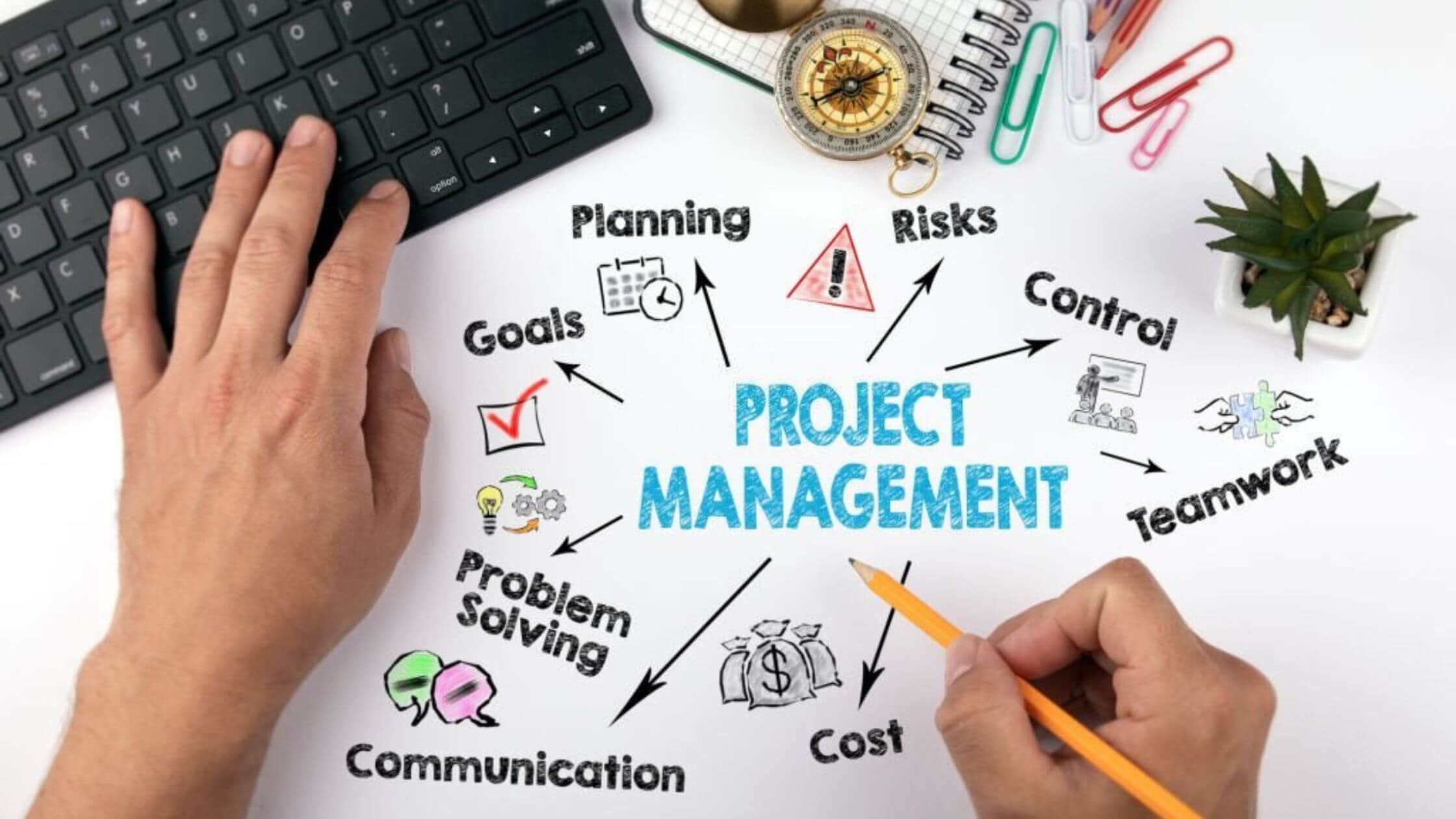

Unveiling the Art of Creating a Successful Project Management Plan
A well-executed project requires careful planning and organization. At the heart of project planning lies the project management plan, a comprehensive document that serves as a roadmap for project success. In this article, we will delve into the intricacies of creating a successful project management plan, exploring its key elements, best practices, and providing practical tips for effective project planning.
The difference between a Project Charter and a PMP
Project Charter:
The charter is a short document, generally one page in length, that lays out the outline of the project for the corporation, board members, stakeholders, etc. Its goal isn’t to get to the details, but for the idea to be presented. It may include:
- Objectives and benefits of the project
- The projected outcome
- A list of stakeholders
- Team members and external customers
- The project manager
- A list of deliverables and milestones
- A list of risks, potential issues, constraints and assumptions
- A proposed budget.
- and a list of acceptance and approval criteria.
The Importance of a Project Management Plan:
A project management plan acts as a guide for project teams, stakeholders, and sponsors throughout the project lifecycle. It outlines the project’s objectives, scope, deliverables, timelines, resource allocation, risks, and communication strategies. By having a well-defined project management plan, project teams can effectively coordinate their efforts, mitigate risks, and ensure successful project completion.
Key Components of a Successful Project Management Plan:
A successful project management plan encompasses the following key components:
1. Project Objectives and Scope:
Clearly define the project’s objectives, including the desired outcomes and deliverables. Outline the project’s scope, detailing what is included and what is excluded.
2. Stakeholder Identification and Engagement:
Identify project stakeholders and determine their roles, responsibilities, and level of engagement. Develop a stakeholder management plan to ensure effective communication and collaboration throughout the project.
3. Project Schedule and Milestones:
Create a detailed project schedule that outlines the sequence of activities, dependencies, and critical milestones. Include estimated durations for each task and allocate resources accordingly.
4. Resource Planning and Allocation:
Identify the resources required for the project, including human resources, equipment, and materials. Determine resource availability and allocate resources based on project needs.
5. Risk Assessment and Mitigation:
Conduct a thorough risk assessment to identify potential risks and develop strategies for mitigating them. Include contingency plans to address unexpected events or changes that may impact the project.
6. Communication and Reporting:
Establish a clear communication plan that outlines the frequency, channels, and stakeholders involved in project communication. Define reporting mechanisms to keep stakeholders informed about project progress and milestones.
7. Quality Assurance and Control:
Define quality standards and metrics to measure project performance. Develop a quality control plan to ensure that deliverables meet the defined standards and address any non-conformities.
Best Practices for Creating a Successful Project Management Plan:
Consider the following best practices when creating a project management plan:
1. Collaborative Approach:
Involve key stakeholders, including project team members, sponsors, and clients, in the planning process. Collaborate to ensure that all perspectives and requirements are considered.
2. Clear and Concise Documentation:
Ensure that the project management plan is written in a clear and concise manner. Use headings, bullet points, and visuals to enhance readability and understanding.
3. Realistic and Achievable Goals:
Set realistic and achievable project goals and objectives. Avoid overcommitting or underestimating the required resources and timelines.
4. Continuous Monitoring and Evaluation:
Regularly monitor and evaluate project progress against the defined plan. Adjust the plan as needed to address emerging challenges or changing project requirements.
5. Flexibility and Adaptability:
Acknowledge that projects may encounter unforeseen changes or obstacles. Incorporate flexibility and adaptability into the project management plan to accommodate these changes while staying focused on project objectives.
Sign-up for a 7-day free trial! Try the first two modules of Brain Sensei’s story-based PMP and CAPM Exam Prep courses and a mini practice exam and see how it all works
Conclusion:
A successful project management plan is a cornerstone of project success. By understanding the key components and following best practices, project managers can create a comprehensive and effective plan that sets the stage for successful project execution. Remember to regularly review and update the plan as the project progresses to ensure its continued relevance and alignment with project goals.
Have you led projects and are looking to earn a project management certification? You might be interested in learning about how lucrative this can be. Check out these articles.
13 PMP Benefits Once You Get The PMP Certification
No experience leading projects but still want to get into project management? No problem! Check out these articles.
CAPM Certification Eligibility
What is a Certified Project Manager; How do I get PM Certifications


